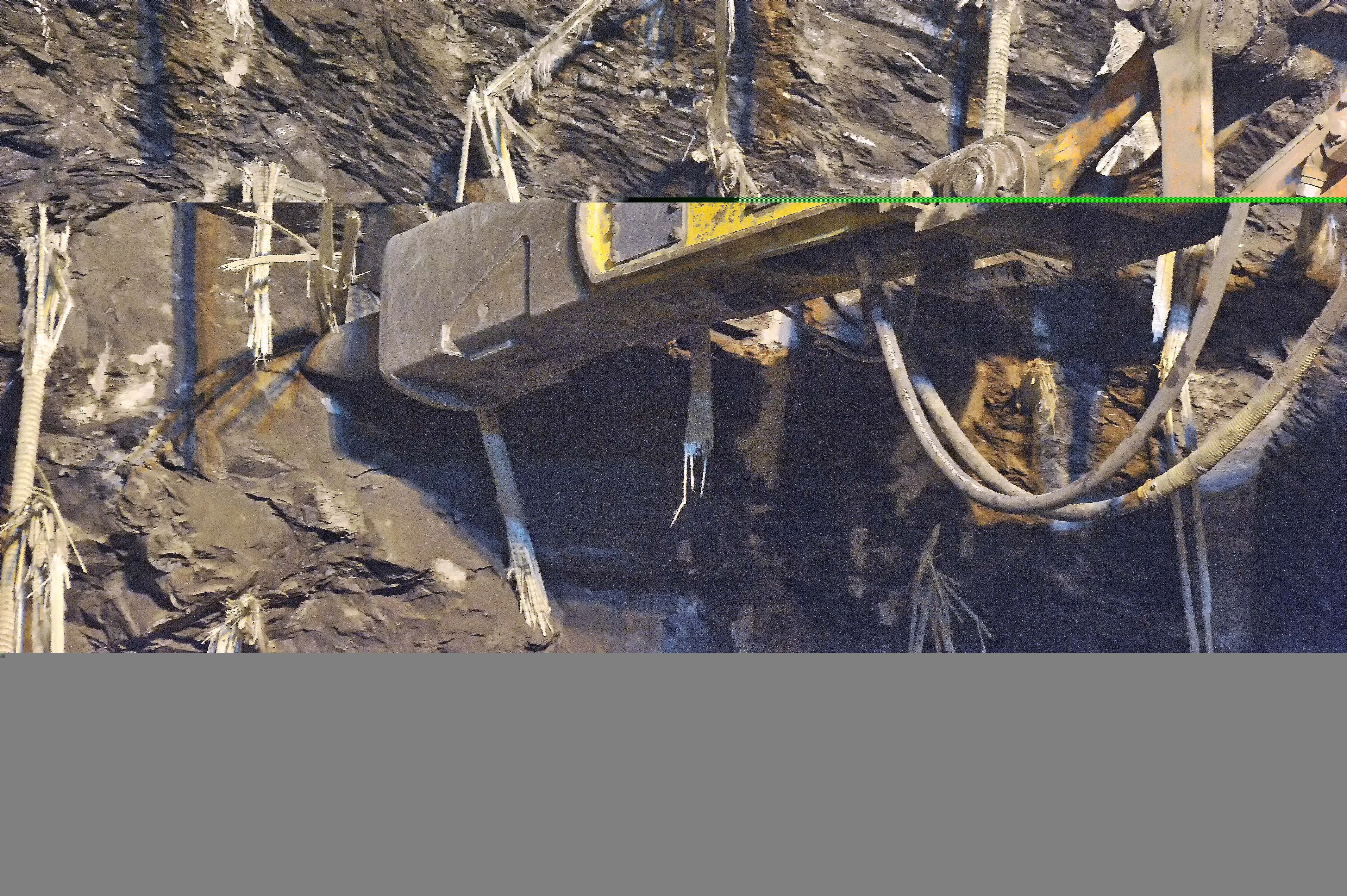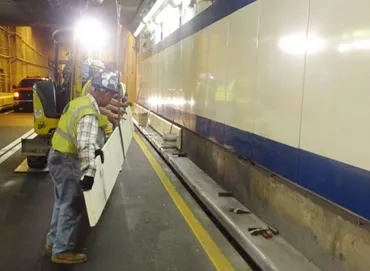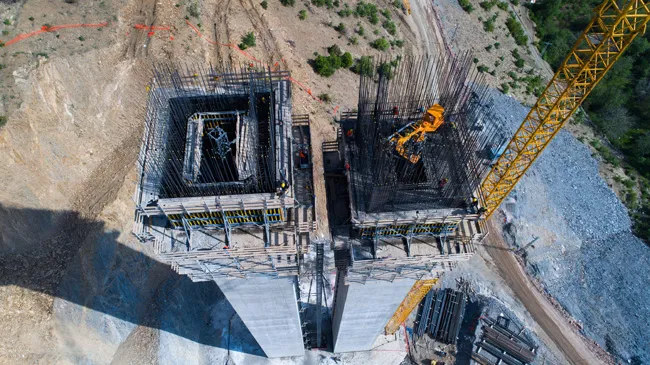
However, warnings had been given. The unusual bridge design, with its thin deck and reinforced concrete stays, had been subject to frequent maintenance periods in the past. Two years ago a professor of engineering from Genoa University voiced concern over the condition of the Morandi Bridge. It is worth noting that the Wadi el Kuf Bridge in Libya by the same designer, Riccardo Morandi, has a similar arrangement of supports and cable stays. The Libyan bridge, first opened in 1972, was closed due to structural problems in 2017.
Questions have been asked as to why so many structures in Italy, particularly in the south, are suffering so badly from age. The quality of materials used during construction have been highly suspect in some instances, with organised crime linked to the poor engineering performance of many structures. Italy has seen 12 bridge collapses in recent years, four of which occurred in the south of the country.
Not since the collapse of the I-35 West bridge in Minneapolis in 2007 has there been such a public bridge disaster in a western developed nation. The I-35 W disaster in the US sparked examinations of other structures, showing some 20-25% of US bridges to be structurally deficient.
And nor is the problem restricted to Italy or the US. France, Germany and the UK for example all have their share of ageing bridges. It is a sign of the times, as structures erected in the 50s, 60s and 70s succumb to wear and tear. In many instances the wear can also be attributed to factors that were not properly understood at the time of design construction, such as the risk of long-term corrosion of unprotected reinforcing steel caused by chloride attack.
Bear in mind too that highways and bridges built in the 1960s were designed to handle far lower traffic volumes. For example, the UK’s Forth Road Bridge carried around 4 million vehicles/year after it was opened in 1964 and was designed to handle up to 11 million vehicles/year. However, by the time it was replaced by the new Queensferry Crossing, around 24 million vehicles/year were using the link. This is only part of the picture. Trucks had GVWs of just 20tonnes or so in the 1960s, compared with a maximum permitted weight of 44tonnes now in Europe, while a far higher percentage of freight is now carried by road. Given that stress levels increase exponentially with weight, using a rough calculation it can be assumed that the Forth Road Bridge was handling something like 16 times the daily stresses it had been designed for. No small wonder then that it wore out.
It would be naïve indeed to assume that crumbling transport infrastructure is solely an Italian problem stemming from ‘Mafia concrete’.









